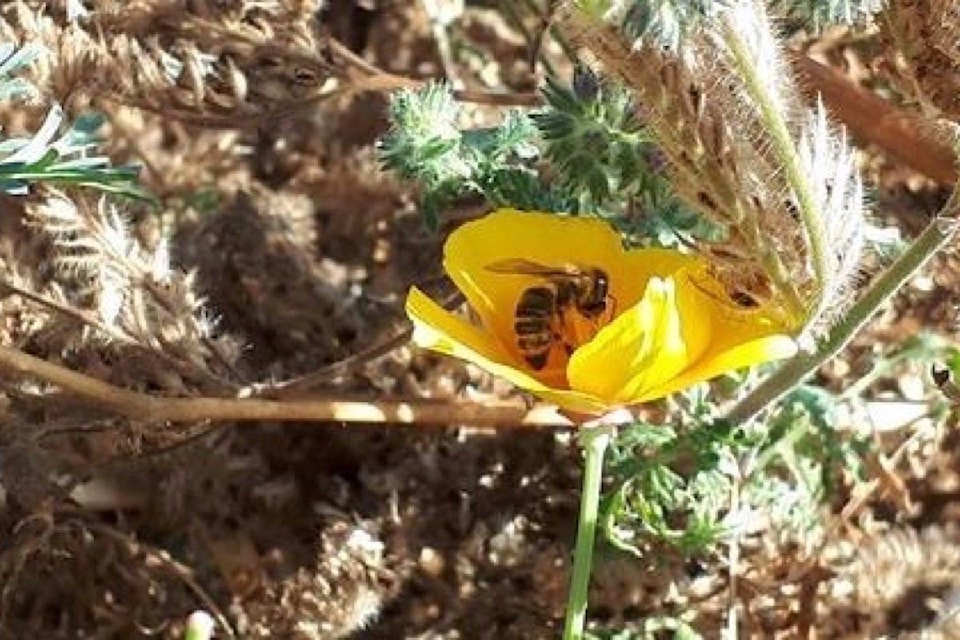Dandelions might be unsightly and even regarded as a weeds by some people, but for millions of bees buzzing around in the spring they’re a food source.
Bees feed on the pollen in dandelions and cutting the yellow, flowering plants removes a food source for them.
Though bees can get by with other flowers, the bigger risk to the winged pollinators is the overuse of agricultural chemicals.
The use of neonicotinoid pesticides applied to such crops as corn and canola has proven devastating for bees in Ontario and Quebec. The chemicals are absorbed into the plants and make their way into the nectar and pollen. Neonicotinoids have been found to be toxic to bees.
The bee losses moved Health Canada to ban two of the three neonicotinoid pesticides.
READ MORE: Farmers ponder impact of alternatives to pesticides being banned
The European Union went further and banned all three neonicotinoids.
LOOK BACK: ‘Victory for bees’: European Union approves ban on three pesticides that kill them
The situation in northern British Columbia differs from other parts of the country in that there are not as many agricultural fields on which pesticides would be applied.
But pesticides and insecticides still pose dangers to bees and other insects, especially if they’re inappropriately applied.
“If we apply them wisely and only use when we need them then there is minimal or negligible risk of any problems,” as Paul van Westendorp, of the provincial government’s apiculture office told Lakes District News.
“If we have cavalier attitudes in the use of these products it’s bad. They’re designed to be safe if applied correctly.”
The effects of some chemicals on bees are sometimes indirect because they affect the wider environment.
“Herbicides can have environmental effects which can eliminate food sources for wild bees. It’s an alteration of the landscape,” van Westendorp said.
Wise use of pesticides and other chemicals is the only way forward and blanket bans are unrealistic, van Westendorp explained.
“The high quality and low prices that the public demands [for agricultural products] depends on the use of some pesticides.”
Blair McBride
Multimedia reporter
Send Blair an email
Like Lakes District News on Facebook
